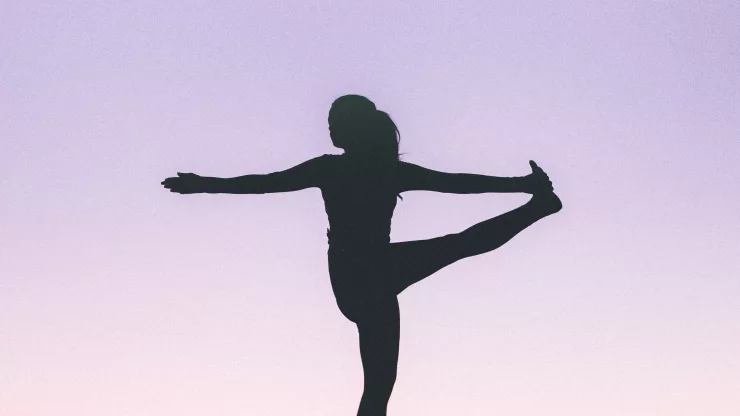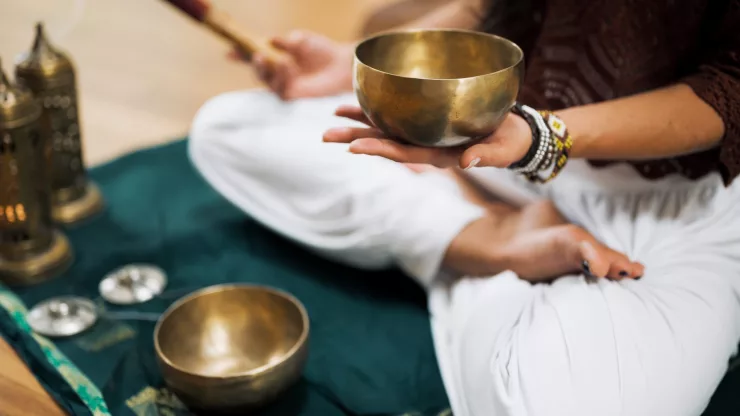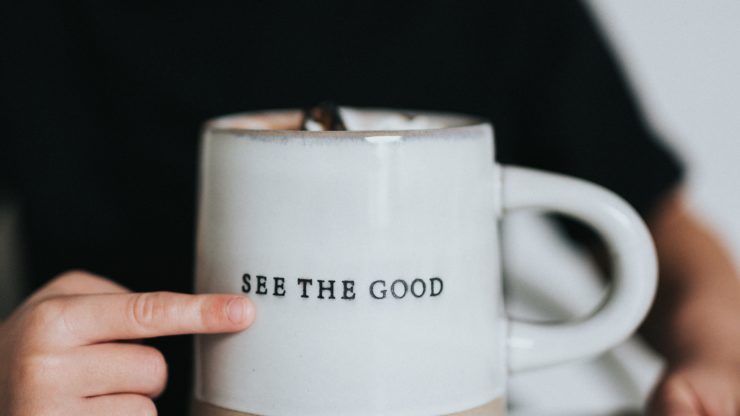INTRO: The Science of Progressive Muscle Relaxation
Progressive Muscle Relaxation (PMR) is a technique that involves tensing and relaxing different muscle groups in the body, with the goal of reducing physical and mental tension.
This technique was developed by American physician Edmund Jacobson in the early 20th century and has been widely used to treat anxiety disorders, insomnia, and chronic pain.
PMR works by increasing awareness of muscle tension and teaching individuals to recognize the physical signs of stress and anxiety.
Research has shown that PMR can be an effective tool for promoting relaxation, reducing stress, and improving overall well-being. Studies have found that PMR can help lower blood pressure, reduce symptoms of depression and anxiety, and improve sleep quality. By practicing PMR regularly, individuals can learn to manage their stress levels and improve their overall quality of life.
Step-by-Step Guide to Progressive Muscle Relaxation
- Find a comfortable and quiet place to sit or lie down.
- Start with your feet and toes. Tense the muscles in your feet and hold for 5-10 seconds, then release and relax for 10-15 seconds.
- Move up to your calves and repeat the process of tensing and relaxing.
- Continue to work your way up the body, tensing and relaxing the muscles in your thighs, buttocks, abdomen, chest, arms, hands, neck, and face.
- As you tense each muscle group, focus on the sensation of tension and then release the tension, allowing your muscles to relax completely.
- Take deep breaths throughout the exercise, inhaling slowly through your nose and exhaling slowly through your mouth.
- Practice PMR for 10-20 minutes a day, preferably at the same time each day.
Benefits of Progressive Muscle Relaxation for Happiness
PMR can have numerous benefits for happiness and well-being. Here are some of the ways that PMR can boost happiness:
- Reducing stress and anxiety: PMR can help individuals manage their stress levels and reduce symptoms of anxiety.
- Improving sleep: PMR has been shown to improve sleep quality, which can lead to better overall health and happiness.
- Promoting relaxation: By practicing PMR regularly, individuals can learn to relax more easily and reduce physical and mental tension.
- Enhancing self-awareness: PMR can increase self-awareness and mindfulness, helping individuals become more in tune with their physical and emotional states.
- Boosting mood: PMR has been found to improve mood and reduce symptoms of depression.
Advanced Techniques to Enhance Your Relaxation Practice
Once you have mastered the basic PMR technique, there are several ways to enhance your relaxation practice:
- Visualization: As you tense and relax each muscle group, visualize the tension leaving your body and a sense of calmness and relaxation taking its place.
- Progressive relaxation of the mind: In addition to PMR, you can also practice progressive relaxation of the mind, which involves focusing on different thoughts or emotions and then letting them go.
- Guided meditation: You can use guided meditation recordings or apps to enhance your PMR practice and deepen your relaxation experience.
Real-Life Success Stories of Progressive Muscle Relaxation
Many individuals have found PMR to be a helpful tool for managing stress, anxiety, and other mental health issues. Here are a few real-life success stories:
- "Since starting PMR, I’ve noticed a significant reduction in my anxiety levels. I feel more relaxed and in control of my emotions."
- "I used to have trouble falling asleep at night, but since practicing PMR, I’ve been able to fall asleep more easily and sleep through the night."
- "PMR has helped me become more aware of my physical and emotional states. I feel more in tune with my body and better able to manage stress."
How to Incorporate Progressive Muscle Relaxation into Your Daily Routine
To make PMR a regular part of your daily routine, try the following tips:
- Set aside a specific time each day to practice PMR, such as before bed or first thing in the morning.
- Use a timer or app to keep track of your practice time and ensure you’re practicing for at least 10-20 minutes.
- Make PMR a habit by practicing it daily for several weeks or months.
- Incorporate PMR into other relaxation practices, such as yoga, meditation, or deep breathing exercises.
FAQ
How long does it take to see results from PMR?
Many individuals report feeling more relaxed and less stressed after just one PMR session. However, it may take several weeks or months of regular practice to see significant improvements in sleep, mood, and overall well-being.
Can PMR be harmful?
PMR is generally considered safe for most individuals. However, if you have any medical conditions or concerns, it’s best to consult with your healthcare provider before starting a PMR practice.
Can I practice PMR while sitting or standing?
While PMR is typically practiced while lying down, it can also be done while sitting or standing. However, it may be more difficult to fully relax while in an upright position.

With a deep passion for personal development, Ben has dedicated his career to inspiring and guiding others on their journey towards self-improvement.
His love for learning and sharing knowledge about personal growth strategies, mindfulness, and goal-setting principles has led him to create My Virtual Life Coach.
Contact Ben at [email protected] for assistance.




